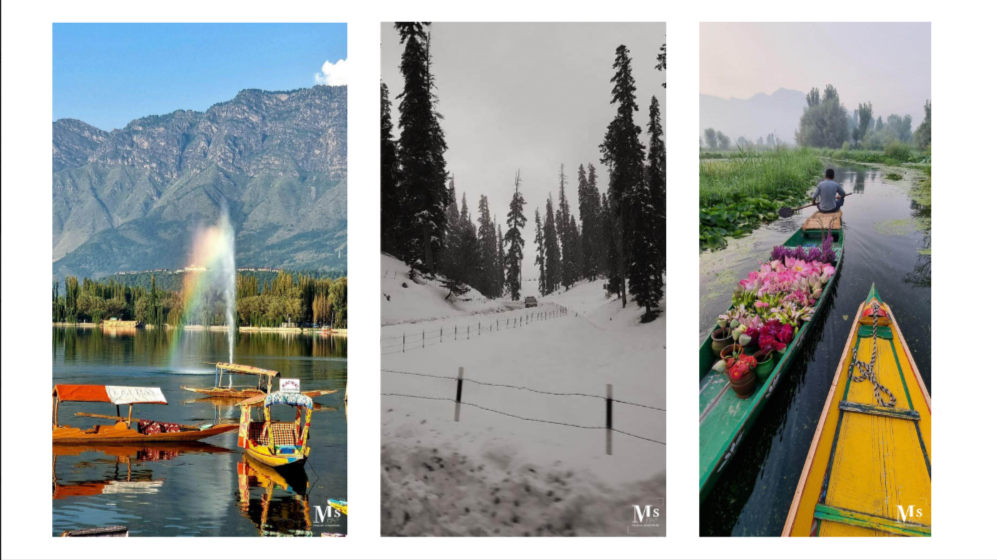The capital played host to an evening steeped in visual poetics and cultural contemplation as Megha Sindwani unveiled her solo exhibition, Chinar: Through Time, Through Seasons, Through the Lens, at the Alliance Française de Delhi. More than a visual showcase, the event operated as a reflective tribute to Kashmir’s layered identity—its beauty, its resilience, and its unspoken stories.
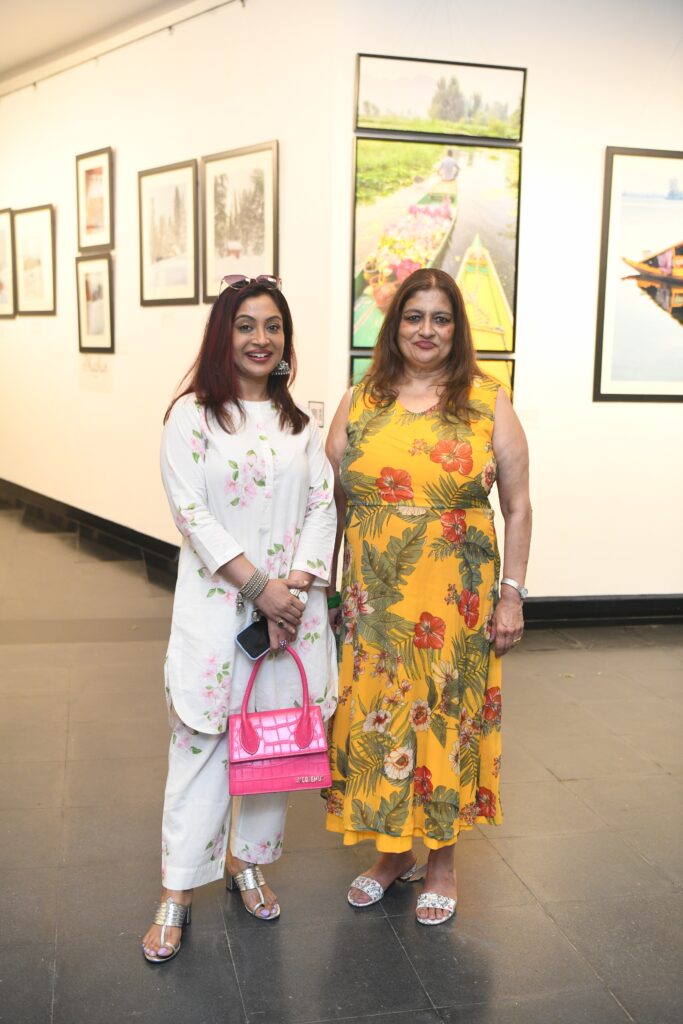
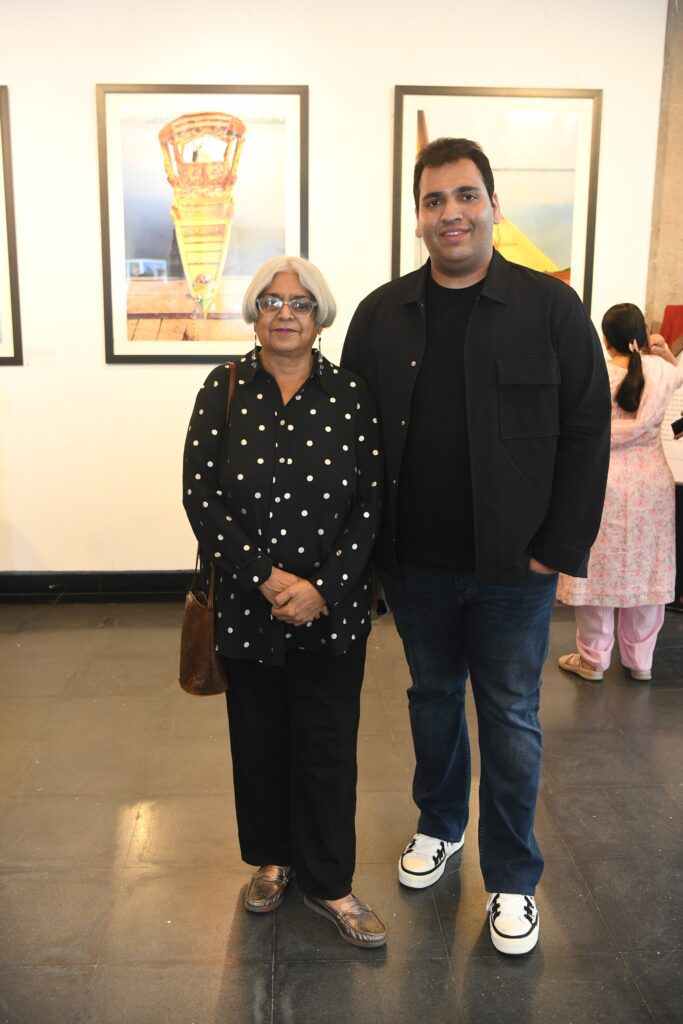
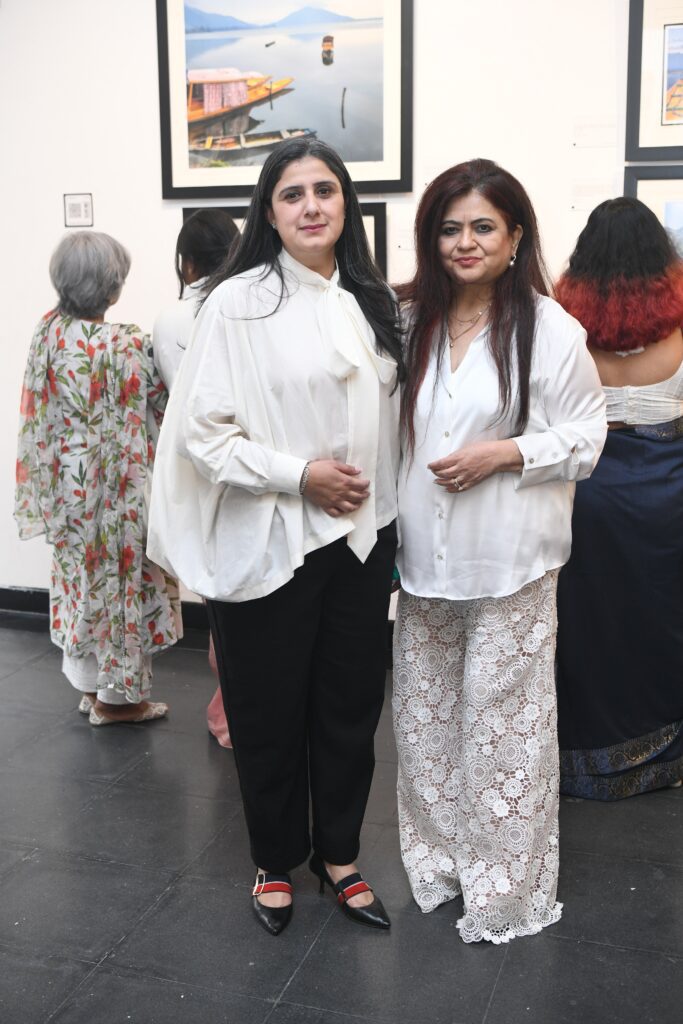
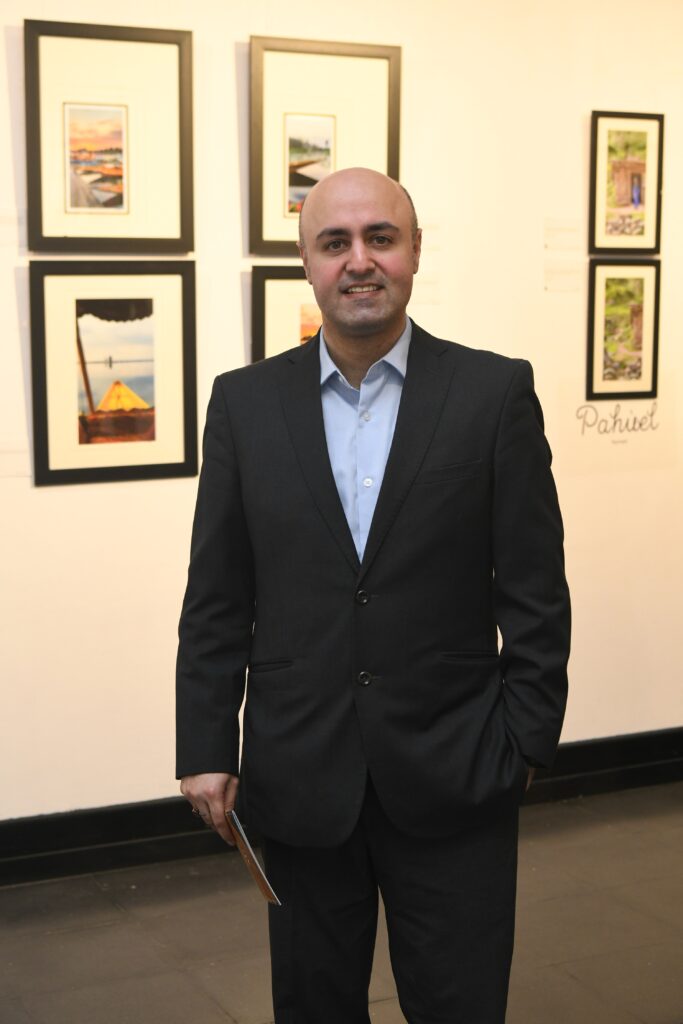
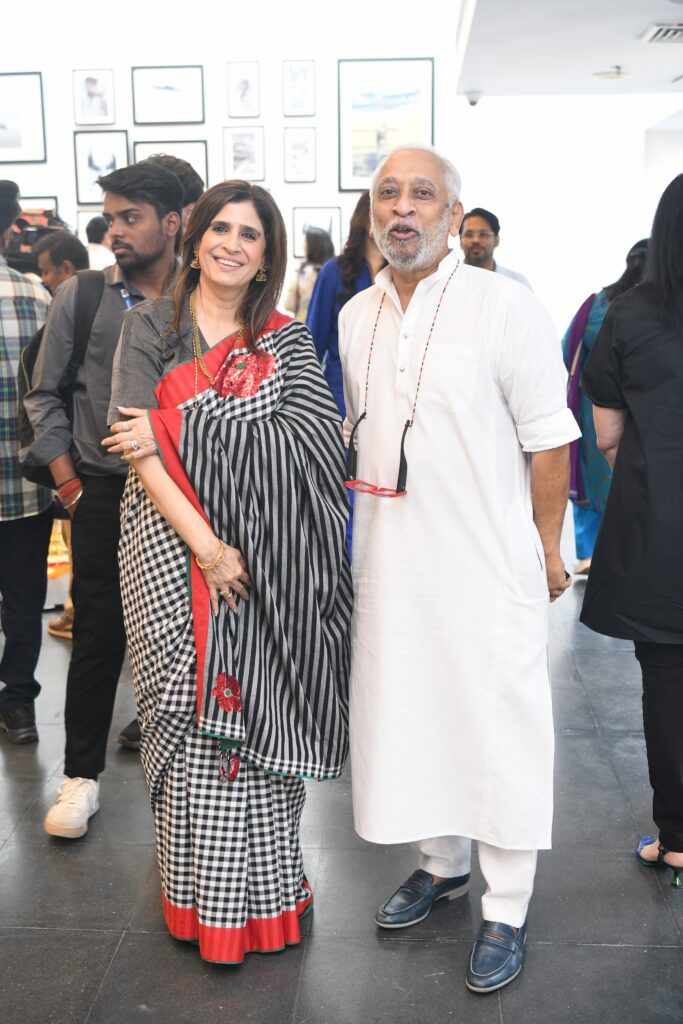
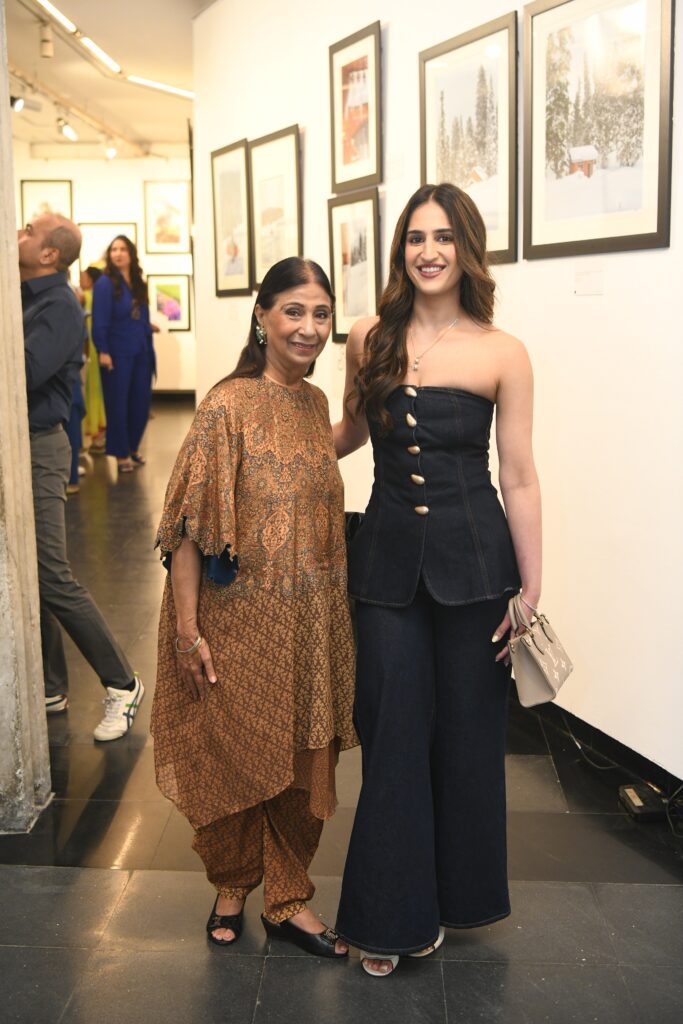
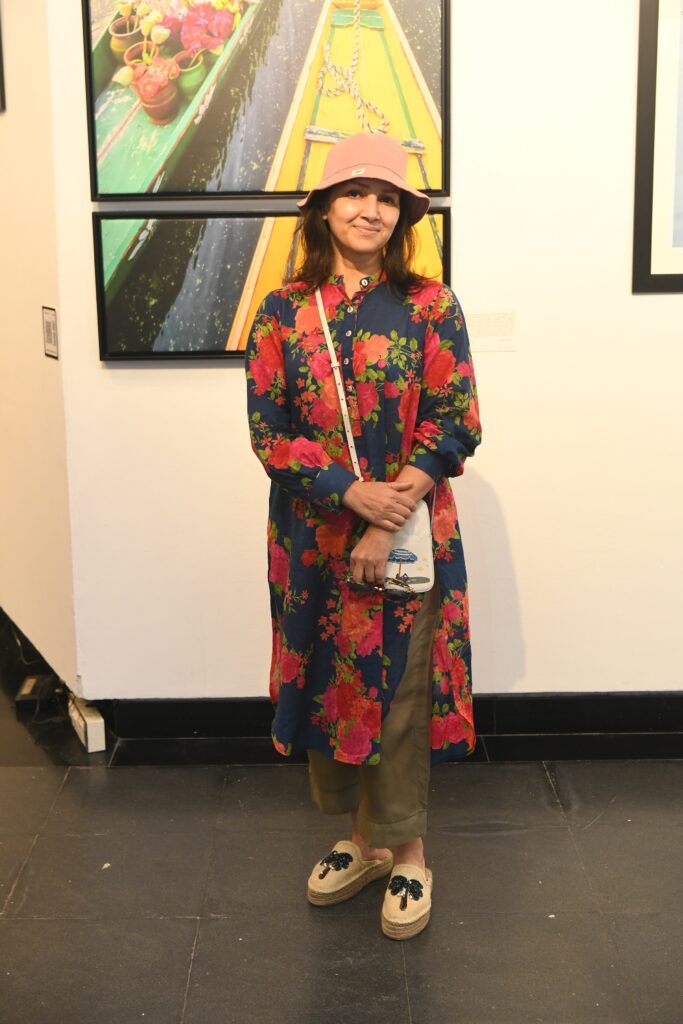
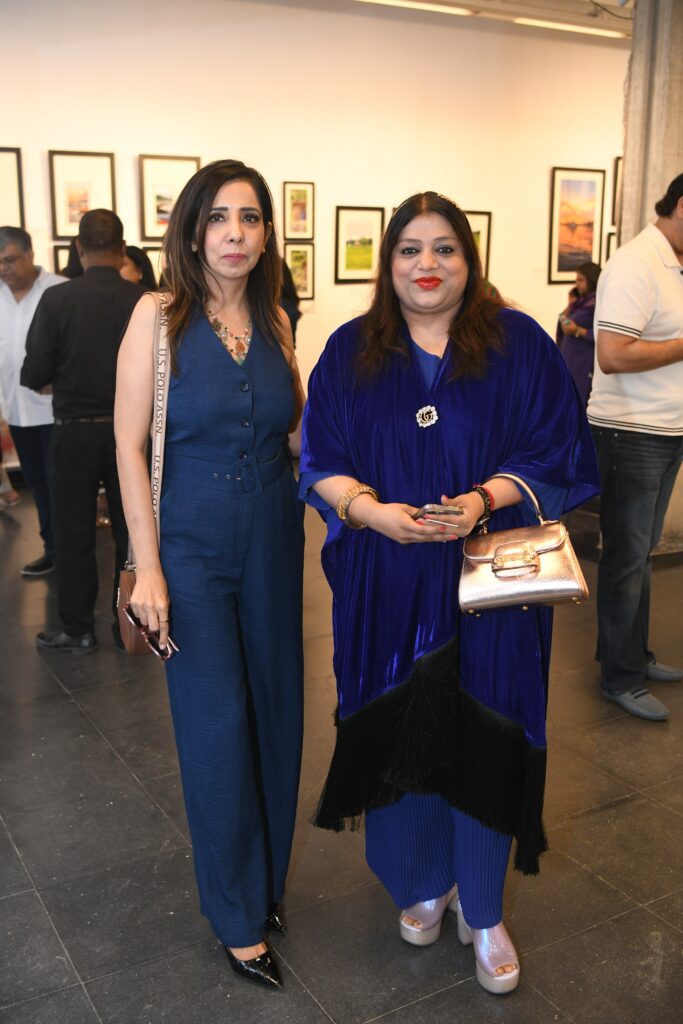
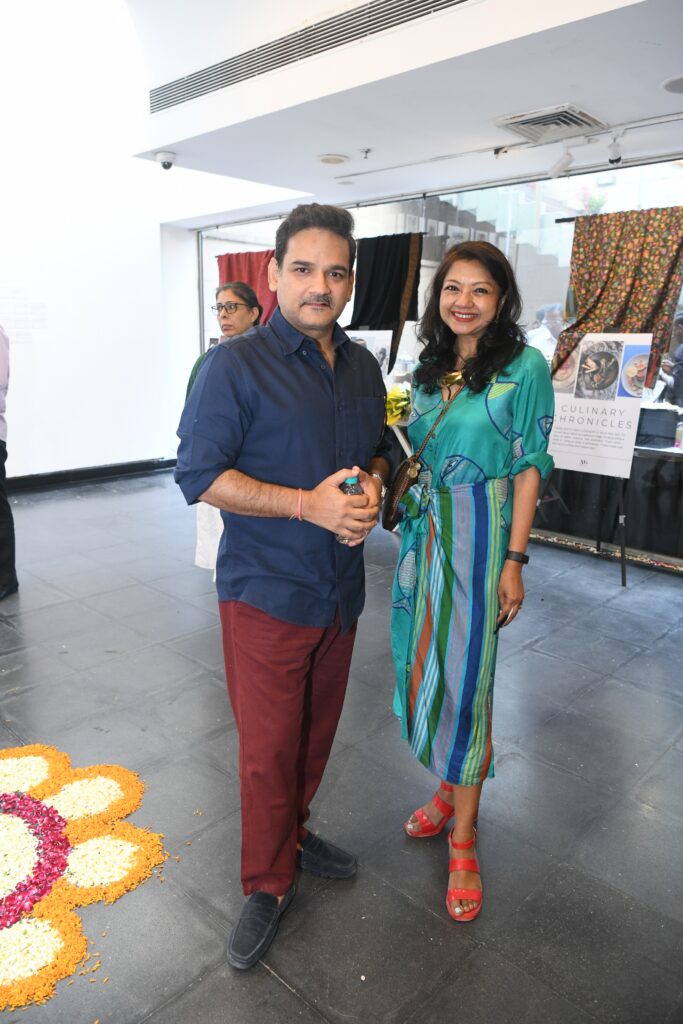
Set against the backdrop of Lodhi Estate’s historic arts precinct, the preview attracted a gathering of New Delhi’s most influential voices across art, fashion, and public discourse. The guest list included Nelofar Currimbhoy, branding doyenne and author; Dilip Cherian, image guru and political advisor; Aditya Raj Kaul, journalist known for his incisive reporting on Kashmir; artists Kanchan Chandra and Manoj Arora; and fashion luminaries like Leena Singh, Anupamaa Dayal, Rosy Ahluwalia, and Shilpi Gupta. The presence of this eclectic and deeply engaged group signaled the crossover appeal of Sindwani’s work—anchored in art but rippling across portraits, landscapes, and musings.
The Chinar tree, a recurring motif throughout Sindwani’s curation, stood as more than a botanical emblem. It embodied a meditative metaphor for Kashmir’s collective memory—rooted, weathered, and quietly majestic. The exhibition’s images reframed the familiar: snow-dusted rooftops, trembling reflections in Dal Lake, hands lined with both labor and love. Through Sindwani’s distinct lens, the landscape of Kashmir ceased to be a postcard and became a palimpsest—layered, intimate, and unflinchingly honest.
Visitors wandered through an array of monochromatic and color-graded visuals that offered a narrative continuity—each frame speaking less of drama and more of presence. The stillness in the photography was arresting. From moments of stark isolation to delicate exchanges between subjects and the natural world, Chinar drew audiences into a cinematic rhythm, as if one were watching not just a landscape but its pulse.
Speaking to attendees during a brief address, Megha Sindwani emphasized the role of visual storytelling as a conduit for empathy. “Kashmir is not a singular story. It’s a prism,” she said. “I use my craft to bring out the stories that often do not make it to the surface.”
Style and symbolism were also at the forefront of the evening. The event saw live santoor music by Dheeraj Vaishanav who enraptured the art afficiandos into contemplation with soulful kashmiri melodies echoing through the hall. Guests also enjoyed Kashmiri kehwa and breads. The thoughtful culinary delight was brought to give an more authentic experience of the artist’s work in Kashmir.
The event was more than just an unveiling; it was a conversation—between the visual and the visceral, the seen and the felt. Guests lingered over installations of bottles that featured print overlays of different parts of the valley including the mountian ranges ranges, alleys, peaks . The immersive experience underscored Sindwani’s curatorial choice to not only display but to envelop.
Critics present at the event hailed the exhibition for it’s meditative expression in narrative photography —an artform often trapped between aestheticization and musings. Artist Manoj Arora described the collection as “serenly beautiful,” capturing the duality of a land often reduced to binaries in national discourse. “What Megha achieves,” he said, “is not neutrality, but layered understanding.”
The initiative also carried a philanthropic edge. A portion of proceeds from art sales is set to benefit the Foster & Forge Foundation, an education-focused nonprofit working to blend creativity with curriculum for underserved communities. The collaboration allows children from low-income backgrounds to access workshops and modules centered around visual literacy. This aligns directly with Sindwani’s mission of democratizing art consumption—where expression is not a privilege, but a shared human instinct.
Chinar: Through Time, Through Seasons, Through the Lens runs through will continue from 01st April to 15th April, 2025 from 11 AM to 5 PM at The Art Hub Gallery. The exhibition doesn’t clamor for attention. It invites pause. And in that stillness, it finds its power.
